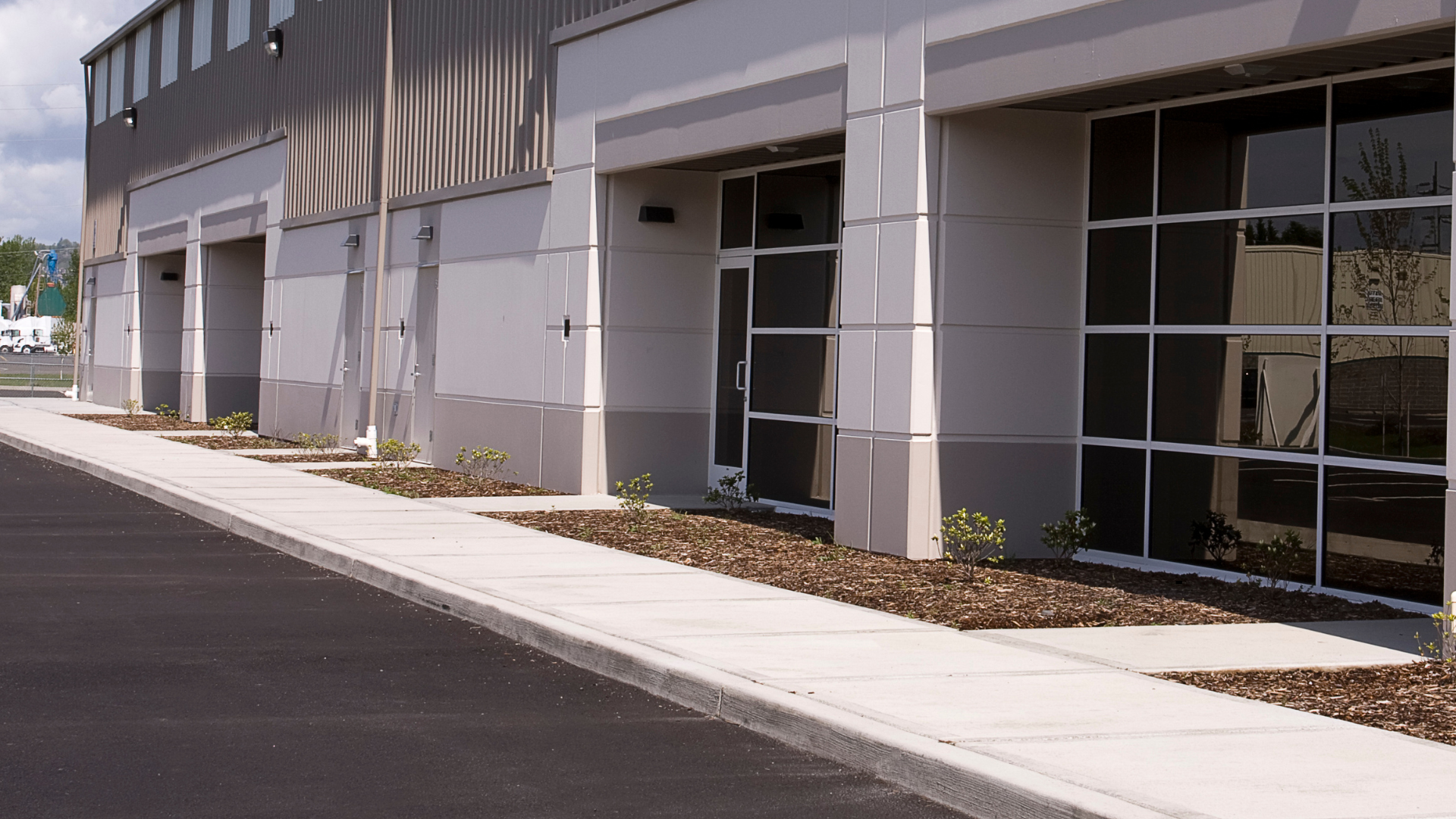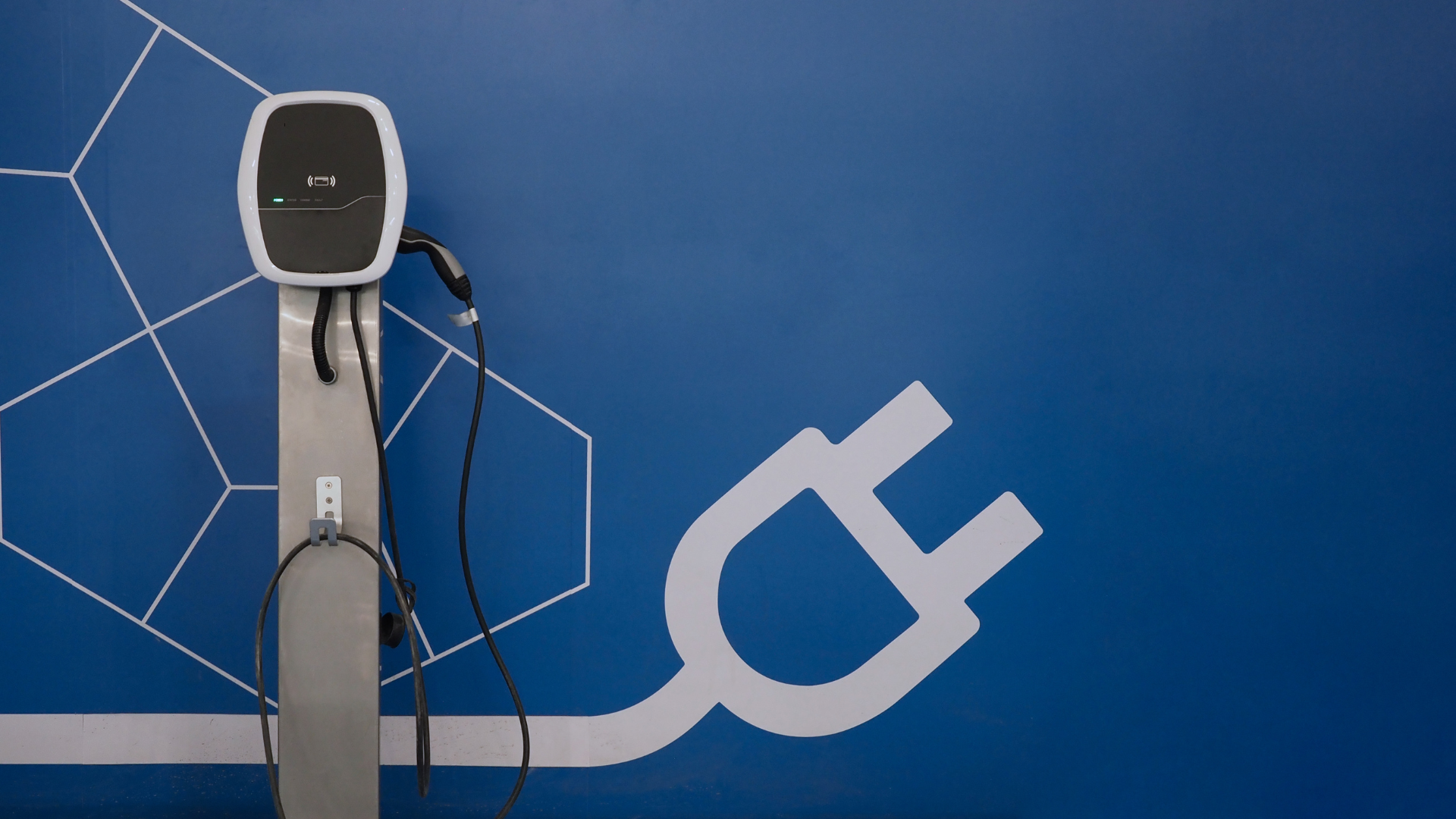Many people don’t know what ground stabilization is, but without it, a lot of buildings, bridges, and other structures would simply collapse!
A lot goes into construction projects, and there are many aspects that people often don’t think about. If the soil beneath a structure isn’t suitable, whatever is built on top could easily fail. Professional soil stabilization services can look at a project and determine which soil stabilization process will be most suitable.
In this guide, we’ll cover some of the key soil stabilization methods. Keep reading for more.
What Is Soil Stabilization?
Soil stabilization is the name for various processes that all have the same goal. The purpose is to make the soil more stable and better at bearing loads while increasing its potential lifespan. This helps it to support roads, buildings, and other structures.
Soil Stabilization Methods
There are various types of soil stabilization techniques available. They make use of different soil stabilization tools, materials, chemicals, and more.
Vibro Compaction
Vibro compaction is often used for granular soils like gravel and sand. It uses water jetting and horizontal vibratory action to compact the soil, making it more dense. This improves the load-bearing capacity and decreases the risk of liquefaction without the need for fill material.
Vacuum Consolidation
This is best for soft soil improvement, and there are two main types. Vacuum preloading is the cheaper method, and will work if the vacuum load required is less than 80kPa. For more than this, the fill surcharge method may be required to ensure it works correctly.
Soil Preloading
Soil preloading can use fill, vacuum pressure, combined fill, and vacuum preloading. The main goal of this method is to reduce the drainage path, which will in turn reduce the dissipation of excess pore-water pressure or the consolidation of soft soil.
Soil Vitrification
Solid masses may contain harmful chemicals, and soil vitrification involves heating these so that they melt and resolidify. This uses an electric current to generate high temperatures. Devices often include electrical transference furnaces and plasma torches, and this process is often used for both ISV (in-situ vitrification) and above-ground treatment.
Ground Freezing
Ground freezing is a common choice for soil next to excavations that need to be more stable to prevent it from collapsing. It also helps to stop contaminants in the soil from escaping.
It involves drilling and installing pipes in the soil and circulating coolant through them. This has been done for over a century, making it one of the oldest ground stabilization methods available.
Vibro Stone Columns
Also known as aggregate piers, these are crushed stone pillars that go into the soil beneath where a structure will go. It reduces the potential for settlement and liquefaction while improving drainage and load-bearing capacity.
Mechanically Stabilized Earth
MSE uses artificial reinforcing to construct soil. It’s a common practice when building seawalls, dikes, bridge abutments, and retaining walls. It helps to improve the stability of soil on steep slopes so that structures can be built on them without issue.
It typically involves using precast panels, blocks, or geocells. These can handle a degree of differential movement. The facing and reinforced soil form the wall, and topsoil is often added to allow for vegetation growth.
Professional Soil Stabilization Services
Soil stabilization can be quite complicated, and it may be difficult to know which method is best for your project. A professional soil stabilization company will be able to help.
Asphalt Serfacing Inc. specializes in surface treatments, asphalt, paving, and more. If you need professional soil stabilization services in the San Fransisco Bay area, get in touch with us today to get your free quote.




